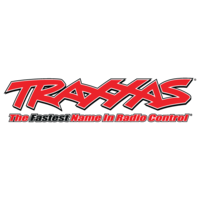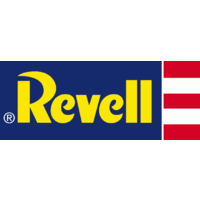LIPO Battery Safety
Lithium batteries are a very popular means of powering radio control models, largely to their high energy density (amp-hours/weight ratio) But, with higher energy comes higher risk. The principle risk is fire, which can result from improper charging, crash damage or shorting of the batteries. A lithium battery fire is extremely hot and can be an excellent initiator for secondary fires, hence the need to ensure these batteries are kept away from other combustible material. Fire occurs due to contact between lithium and oxygen in the air, it does not require an ignition source or fuel to start and burns almost explosively. Therefore, these batteries must be treated with care
At Frontline Hobbies we recommend the following:
- Store, and charge, in a fireproof container, NEVER in your model. Fire retardant safety bags are available to purchase for this purpose.
- Charge in a protected area, away from any combustible material. This way a battery failure will not set fire to furniture or other structures. DO NOT leave a charging battery unattended.
- In the event of damage from crashes etc, carefully remove the battery to a safe location to observe. Physically damaged cells could fail, and damaged cells should be discarded in accordance with the instructions supplied from the battery manufacturer. Never attempt to charge a damaged cell, this includes broken cases, or swollen batteries. Batteries that show obvious damage or swelling should be discarded according to the manufacturer’s recommendations.
- Always use chargers designed specifically for lithium batteries, and always charge at the rate recommended by the battery manufacturer. Many battery fires have been caused by users charging above the specified maximum rate. NEVER use chargers made for NiCad or NiMh batteries. Always use charging systems that monitor and control the state of each cell in the pack. Unbalanced cells can lead to battery failures if it permits overcharge of a single cell in the pack.
- Do not attempt to make your own battery packs from individual cells or modify battery cells in any way.
- Never store the battery plugged in to the model, over time this can further discharge the battery to a potentially damaging voltage level.
- Never discharge the battery beyond the recommended cut off voltage as specified by the manufacturer.
- Most modern models come with a low voltage cut-off on the Electronic Speed Control, please ensure this is set correctly for the type of battery and number cells you are using.
- Do not leave in direct sunlight or in areas where ambient temperatures will exceed 50°C.
- LiPo fires are best extinguished with a fire extinguisher or bucket of sand. Do not attempt to use water to extinguish.
- Children should not handle or charge LiPo batteries without direct adult supervision.
- Do not allow LiPo positive and negative leads to touch (short-circuit) as this can lead to fire.
- Never store LiPo’s in pockets or in bags with keys, coins or other metallic objects as this can cause short-circuit.
Charging LiPo Batteries
Understanding your LiPo Battery
- Capacity (MAh)
The first thing you should look at is the capacity of the battery which is measured in mAh (Milliamps Hour). Generally, the higher the capacity, the longer your RC model will run.
- Discharge Rate (C)
The C Rating by itself may be a little misleading as you also need to know the capacity (mAh) to calculate the maximum current draw of the battery. The formula is as follows:
Max Current Draw (Amps) = Capacity (Amps) x C Rating
- Cell Count (S)
S stands for cells in series and is used to indicate how many cells are contributing to the overall voltage. For example, a 2S LiPo has 2 cells in series within the LiPo battery pack working together to give the overall voltage of the pack. Just remember, the higher the S, The more cells, the higher the voltage.
- Voltage (V)
The voltage of your LiPo battery is linked to the number of cells (S) contained within the battery pack. They go up in increments of 3.7V and generally, you will find Lipos from 3.7V (1S LiPo) to 22.2V (6S LiPo).
How to Set up a Charger
To set up your charger you will need to know three things about your battery:
Battery type:
Lipo, Life, Nimh, Nicad, ETC
Battery Voltage:
Battery Voltage is critically important for lipo batteries. You must ensure the charger is set to correct voltage as this reflect the number of cells in the battery and Lipo battery cells need to balance when charging.
.png)
Battery Capacity:
Overall battery capacity determines the Amperage you can charge your battery. To determine the appropriate Amps to charge your battery you need to divide the capacity by 1000.
Eg 4300mah battery can be charged at 4.3A ( 4300 / 1000 = 4.3 )














































